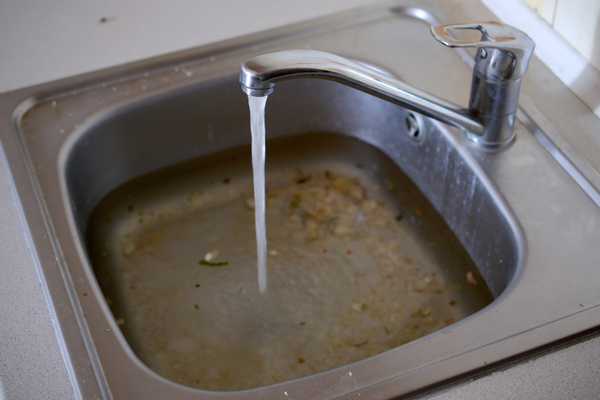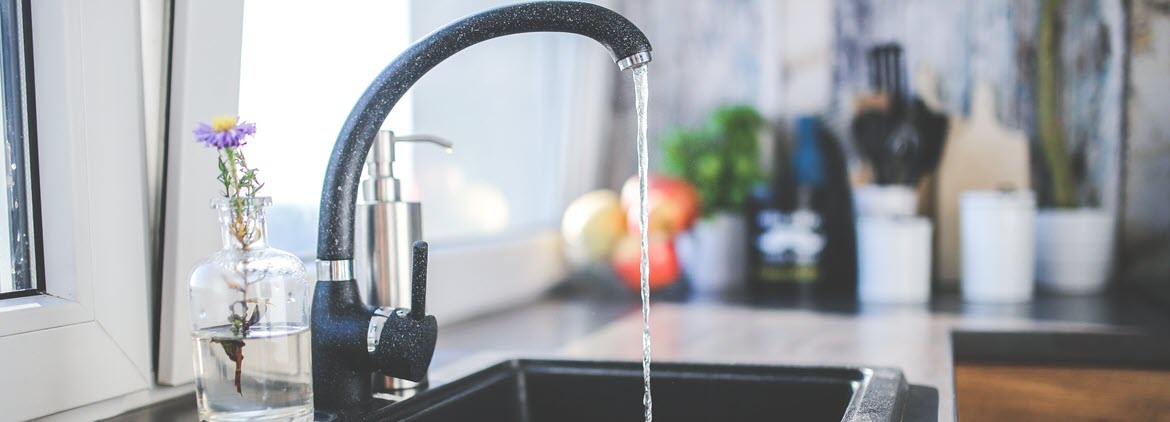Advice for Handling a Blocked Drain Prior to Contacting Experts
Advice for Handling a Blocked Drain Prior to Contacting Experts
Blog Article
We have stumbled upon this great article relating to Some easy tips to fix blocked drains listed below on the internet and believe it made good sense to write about it with you here.

Intro
Handling an obstructed drain can be an aggravating experience, disrupting everyday activities and possibly triggering damage to your residential or commercial property. However, before connecting to pipes specialists, there are steps you can take to resolve the issue on your own. In this overview, we'll explore do it yourself services and safety nets to take on an obstructed drainpipe effectively.
Recognizing the Problem
The very first step in addressing an obstructed drainpipe is identifying the indicators. Slow-moving water drainage, gurgling audios, foul odors rising from drains, or water backing up are common indications of an obstructed drain. Recognizing these indicators early can help protect against even more complications.
Choosing the Right Plumbing Solution
When choosing a pipes solution, think about factors such as experience, licensing, and consumer evaluations. Choose a respectable plumber with a performance history of top quality handiwork and transparent prices practices.
Price Considerations
The expense of professional drain cleaning services can differ depending on the intensity of the obstruction and the plumbing professional's rates. Demand quotes from multiple companies and ask about any added fees to guarantee transparency and avoid surprises.
Safety Precautions
When trying DIY drain cleansing, focus on safety. Use protective handwear covers and glasses to prevent contact with dangerous chemicals or microorganisms. Never blend different drainpipe cleansing products, as this can generate unsafe fumes.
Instance Studies
Real-life instances illustrate the performance of DIY remedies and the relevance of prompt specialist intervention in dealing with drainpipe obstructions.
Usual Sources Of Obstructed Drainpipes
Comprehending the aspects that add to drain blockages is crucial for efficient resolution. Common offenders consist of hair, soap scum, grease, food particles, and foreign objects like hygienic products or paper towels. Tree roots attacking below ground pipes can also create substantial obstructions.
Do it yourself Solutions
For small obstructions, several do it yourself services can be reliable. Pouring boiling thin down the drain can aid dissolve oil and particles. Baking soda and vinegar or a blend of salt and cooking soda can work as natural cleaners. Making use of a plunger or plumbing serpent to displace obstructions is one more alternative.
Devices and Equipment
Having the right devices on hand can make DIY drain cleaning much more effective. A plunger is a functional tool for clearing blockages in sinks, commodes, and showers. A pipes serpent or auger can reach much deeper obstructions, while drain cleaning chemicals can be made use of carefully for stubborn blockages.
Safety nets
To prevent future clogs, adopting preventive measures is important. Set up drainpipe guards or strainers to capture hair and particles before they get in the pipes. On a regular basis flush drains with warm water to liquify grease build-up, and avoid taking care of grease or solid waste away.
When to Call a Professional
While DIY solutions can deal with small clogs, certain signs indicate the requirement for expert help. Consistent obstructions, foul odors in spite of cleaning up efforts, or several drains supporting concurrently are warnings that call for skilled intervention.
Final thought
By following the tips outlined in this overview, you can successfully deal with obstructed drains and prevent future pipes concerns. Whether opting for DIY remedies or looking for professional assistance, prompt activity is vital to keeping a healthy pipes system and maintaining the stability of your home.
How to Clear a Clogged Drain Yourself (And When to Call In the Professionals)
What Can Clog a Drain
Dirt Skin flakes Hair Grease Soap scum Food Offset pipes Tree roots Small objects Mineral buildup DIY Tricks to Unclog a Drain
You can fix this! Once you have identified the source of the clog (or have a vague idea), you can try one or a combination of these fixes in order to clear your plumbing.
Wire Hanger or Snake
Untangle and clear out hair from a drainpipe with a homemade snake. Use a straightened-out wire hanger with a 90-degree angle hook to locate the clog and drag out any unwanted material.
Remember not to push the clog further down to where the wire hanger cannot reach! If you need to follow up with a plunger, give it a try. Your efforts might be more successful after it’s been wire-snaked.
If you want to get fancy and don’t have a wire hanger to spare, head to the store and pick up a hand-operated drain snake. You can get one for $10-$30. It may save you the hassle, and provide additional length to reach deep into the clogged pipe.
Plunger
A cup plunger has a suction cup attached to a wooden handle. The rubber creates a seal around the drain, and increases the pressure force of the plunger.
Plunge for 30-second increments to loosen the clog. This may need to be repeated over the course of 15-20 minutes. Once plunged, run the water to flush the remaining material out of the drain.
Remember– never use a plunger if you have used a chemical drain cleaner. These chemicals can splash up from the force of the plunger and cause serious injury or burns.
Boiling Water
Hot water can sometimes break up materials into a flushable amount. Dirt, grease, and soap buildup requires heat in order to unstick from surfaces.
Take your kitchen kettle and heat your water to a boil. Once it reaches a rolling boil, pour it directly down the drain into the blockage. Carefully follow with plunging, if necessary.
Don’t worry if this takes more than one try! It can often take multiple kettles and repeated plunging in order to clear a particularly stubborn clog.
Chemical Drain Cleaner
As a last resort, pick up a bottle of chemical drain cleaner. Drain-cleaning chemicals are potent, and not very good for the environment.
You may need to wear protective eyewear in gloves before handling your bottle of chemical drain cleaner. Follow the instructions printed on the bottle, and flush with water as soon as the instructions allow. Do not follow with plunging.
Baking Soda and Vinegar
As a safer alternative to chemical drain cleaner, baking soda and vinegar can create a chemical reaction that clears tough clogs.
Combine one cup of cleaning vinegar with one cup of boiling water, and set aside. Once you have done this, pour half a cup of baking soda down the drain. Give the baking thirty seconds to settle and cover a large portion of the problem drain.
Following the baking soda, pour down your vinegar and hot water solution. Once the vinegar and baking soda combine, the mixture will bubble and fix. Let this reaction fizzle in the drain for about an hour.
After an hour, follow with a kettle’s worth of hot water. The heat and liquid should flush out any remaining material.
When to Call a Plumber
If your DIY attempts haven’t cleared your clog drain, it’s time to call in a professional. It’s not worth losing access to your kitchen sink or high-traffic bathroom. A clog in a vital area can keep you from the things you’d rather be doing, and derail your routine.
Anytime a clog is causing water to spread is a time to call in a plumbing service. What starts out as a little bit of water can quickly grow into serious, expensive water damage.
Additionally, a serious clog can result in burst pipes or serious leaks. Make sure you know when to take it seriously!
https://myguysnow.com/how-to-clear-a-clogged-drain-yourself-and-when-to-call-in-the-professionals/

I am just very occupied with How to handle a clogged drain in your home and I hope you appreciated our entry. Loved our write-up? Please quickly share it. Let someone else check it out. Thank-you for your time spent reading it.
Call Today Report this page